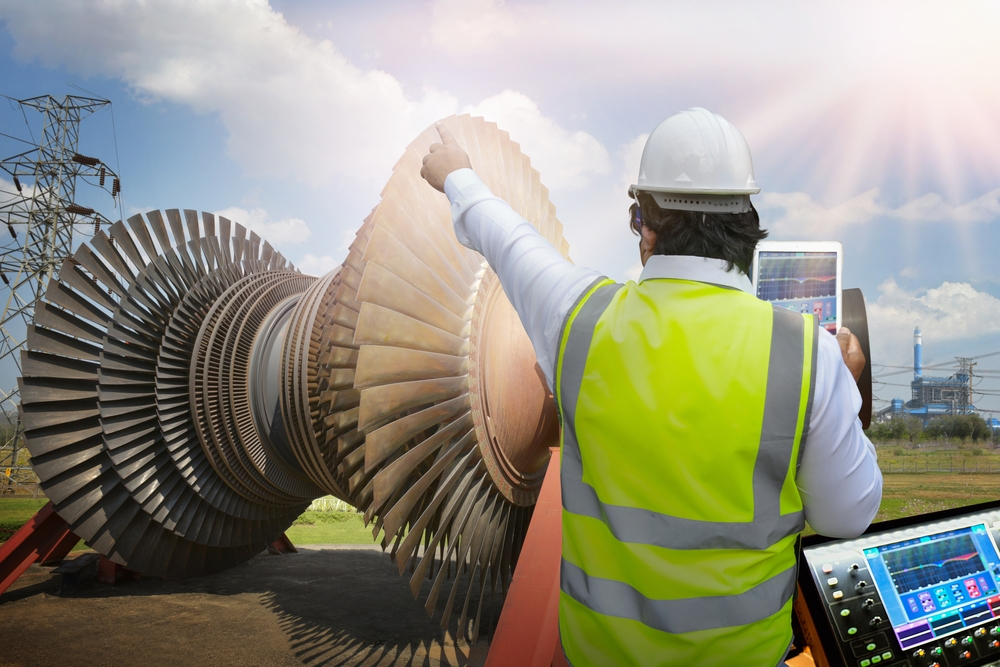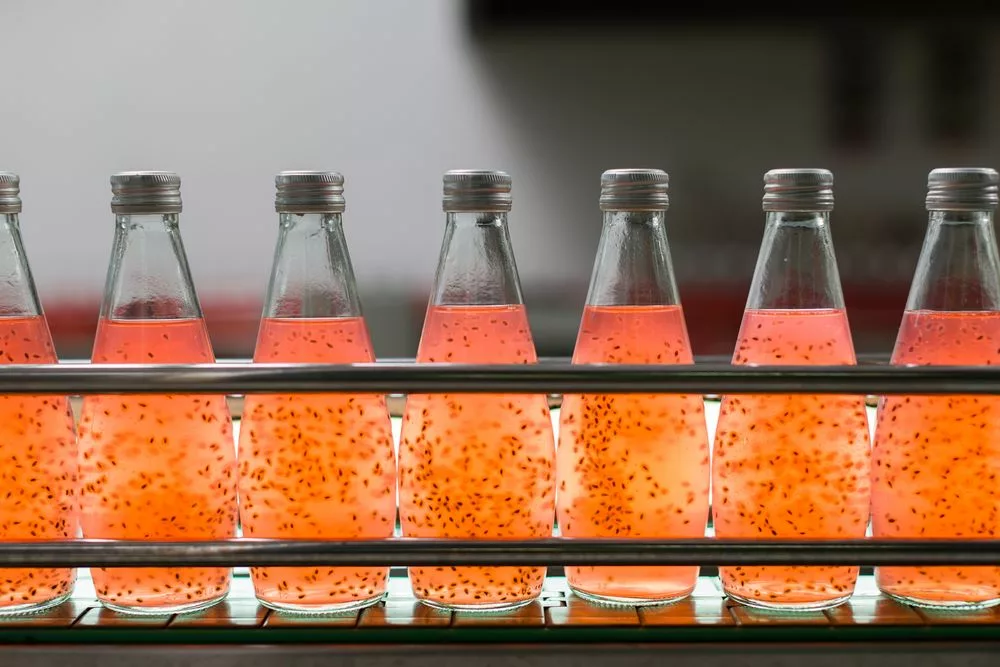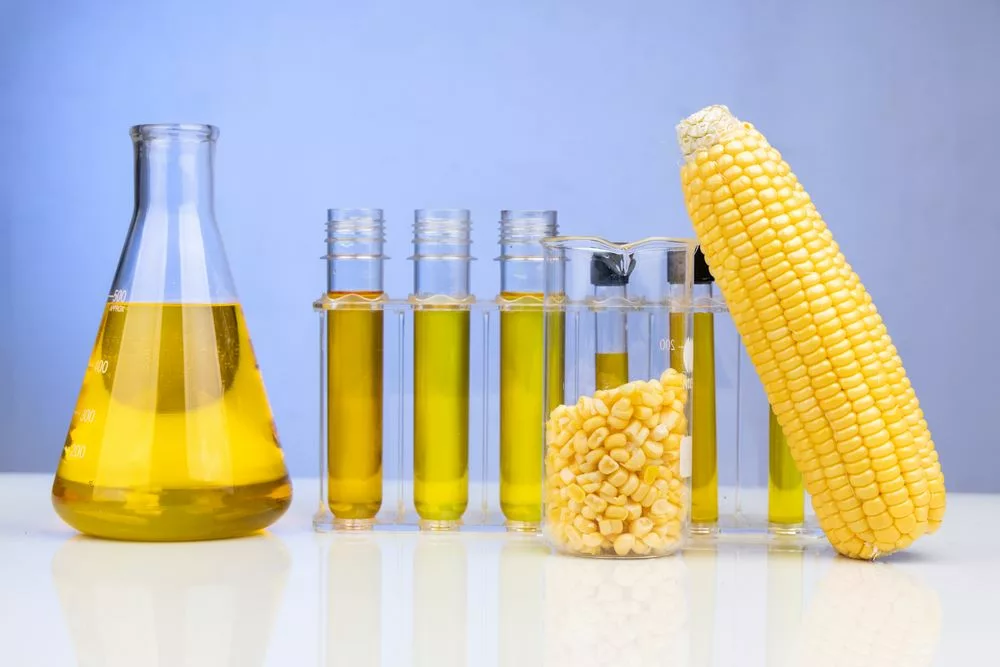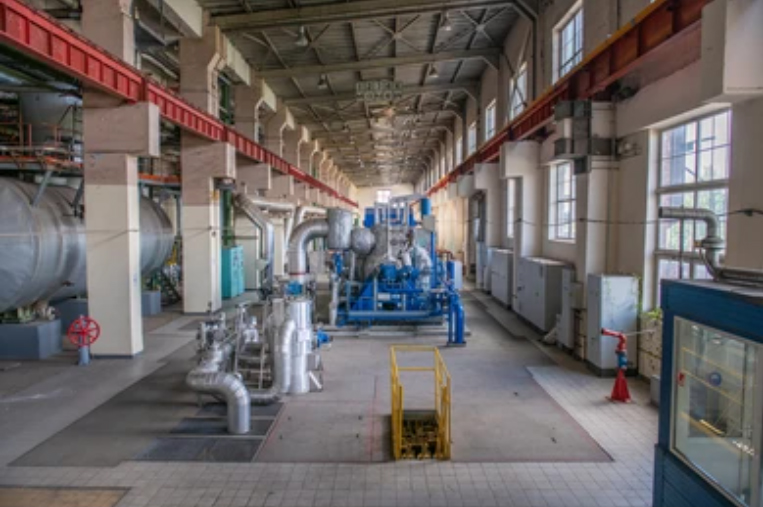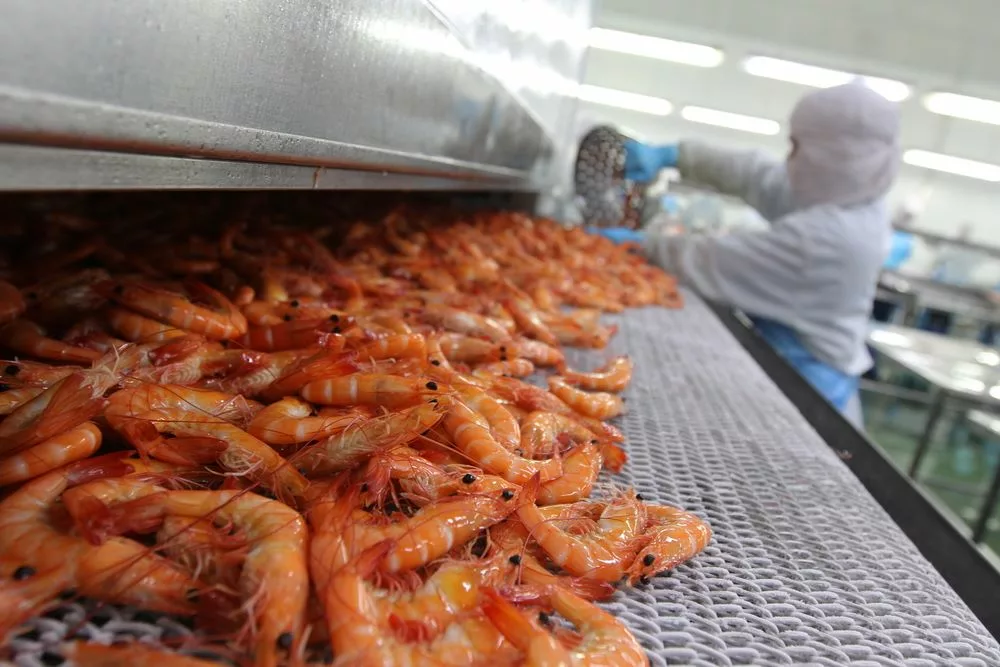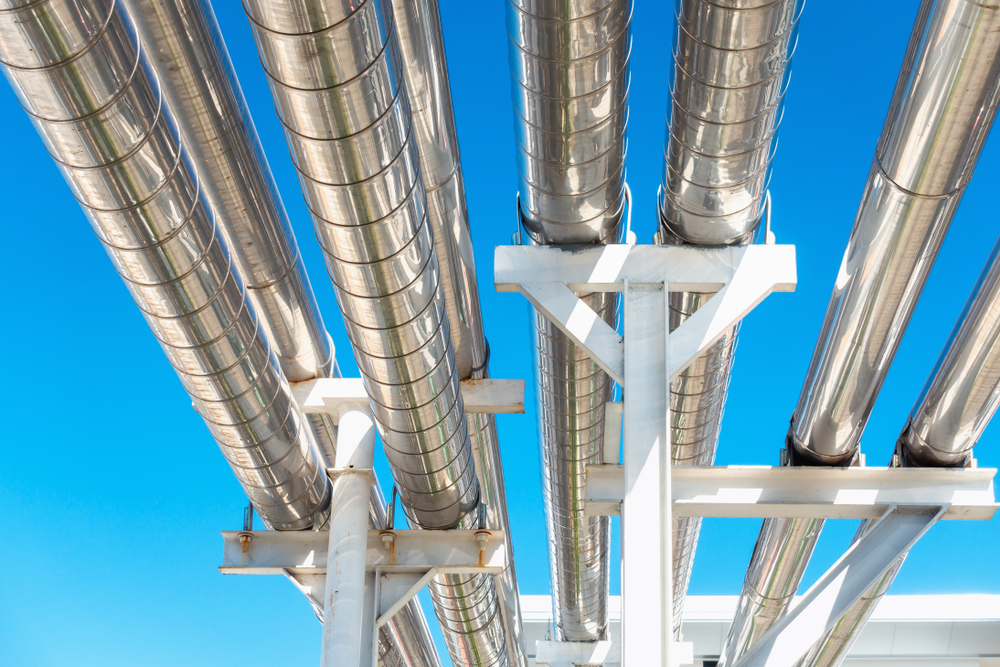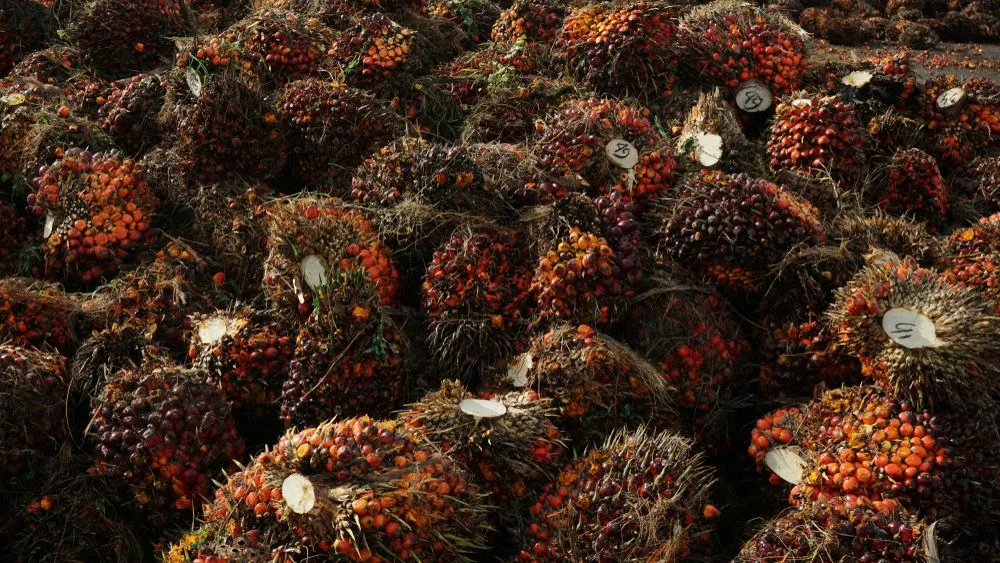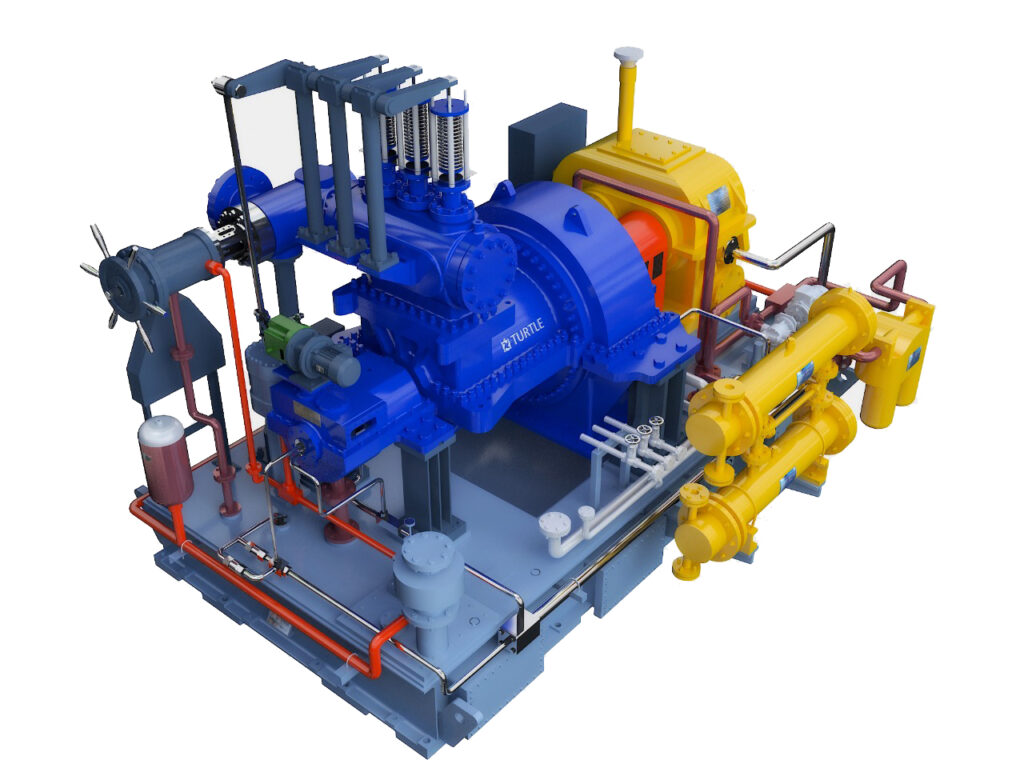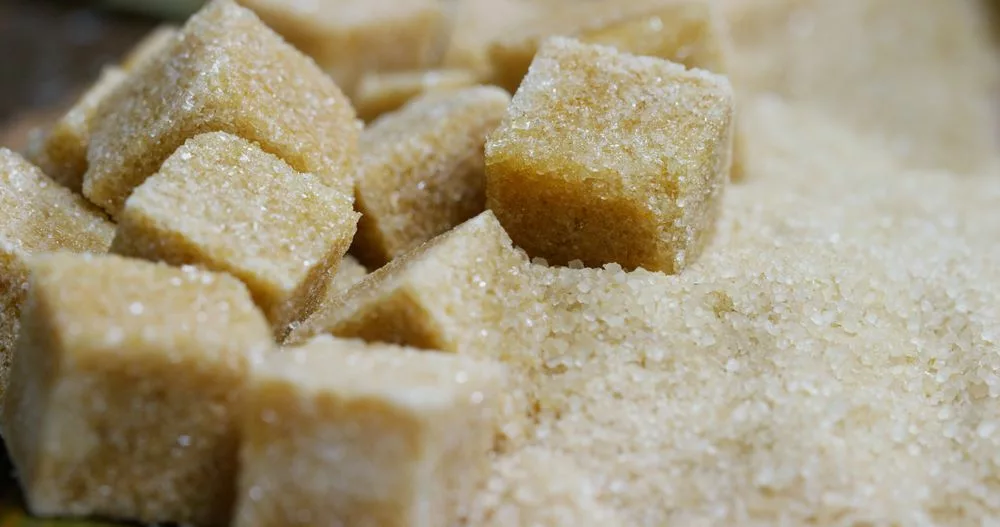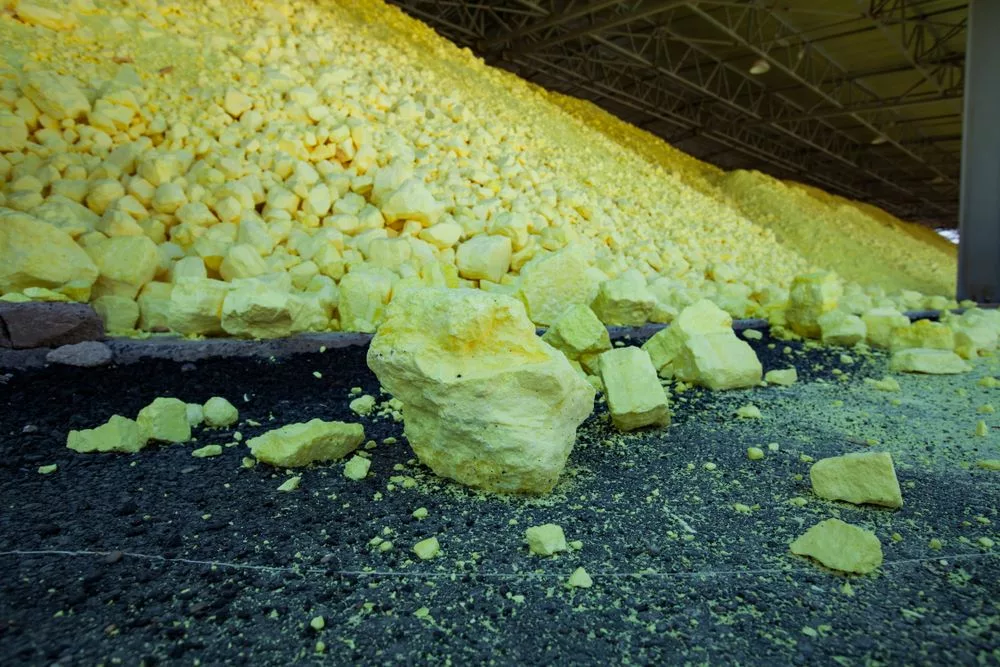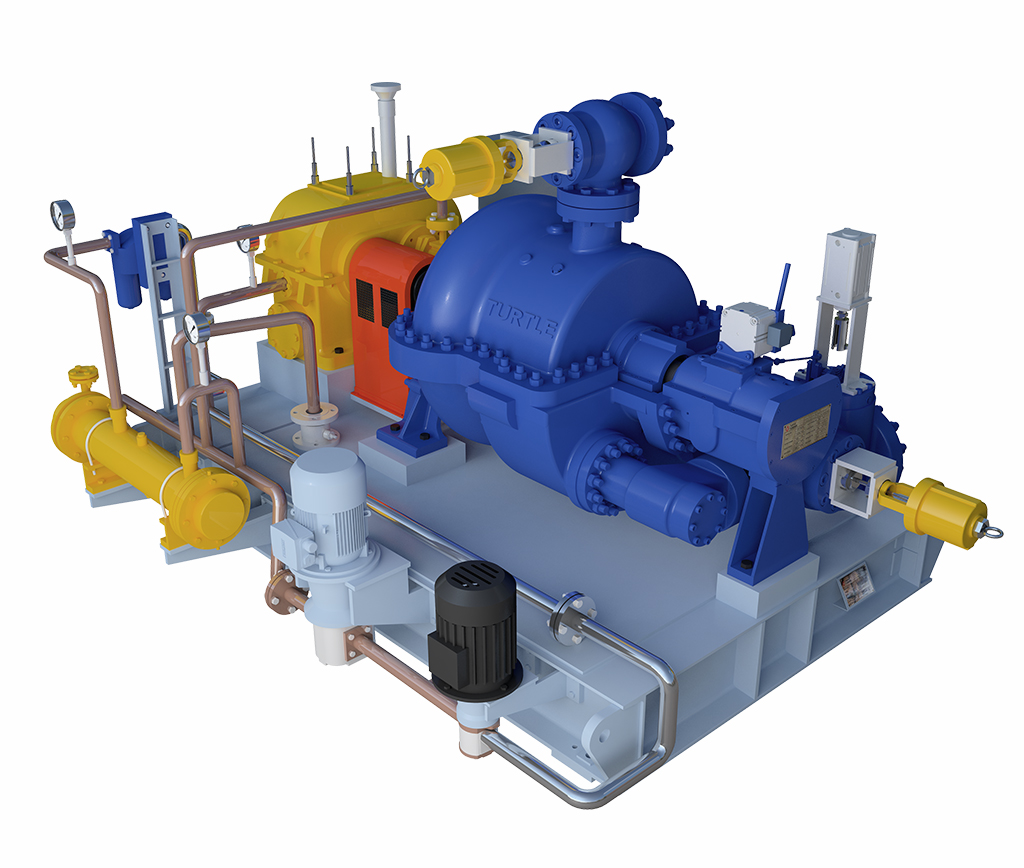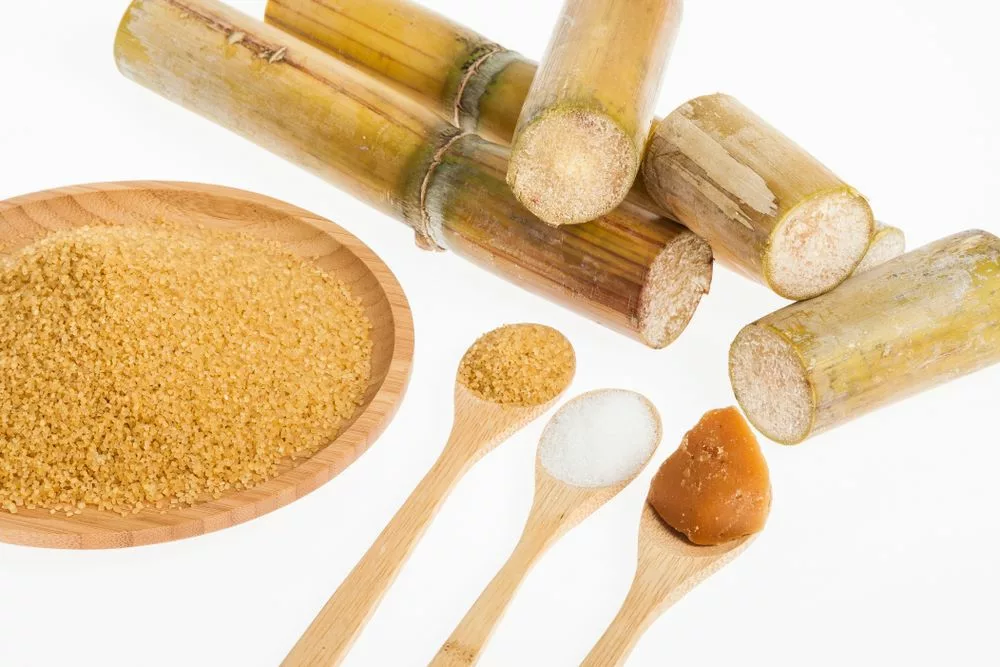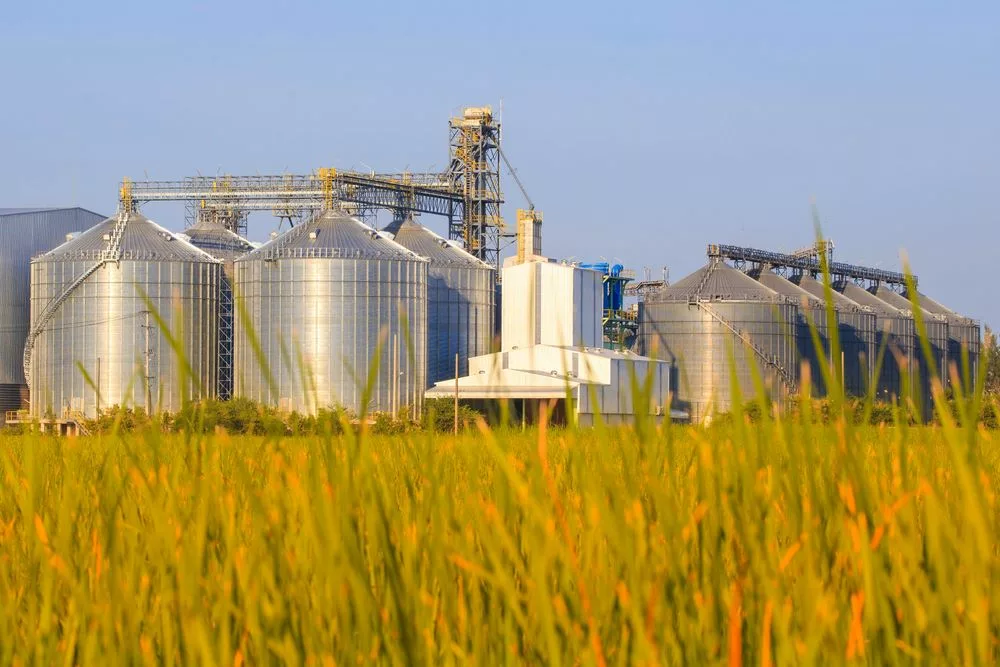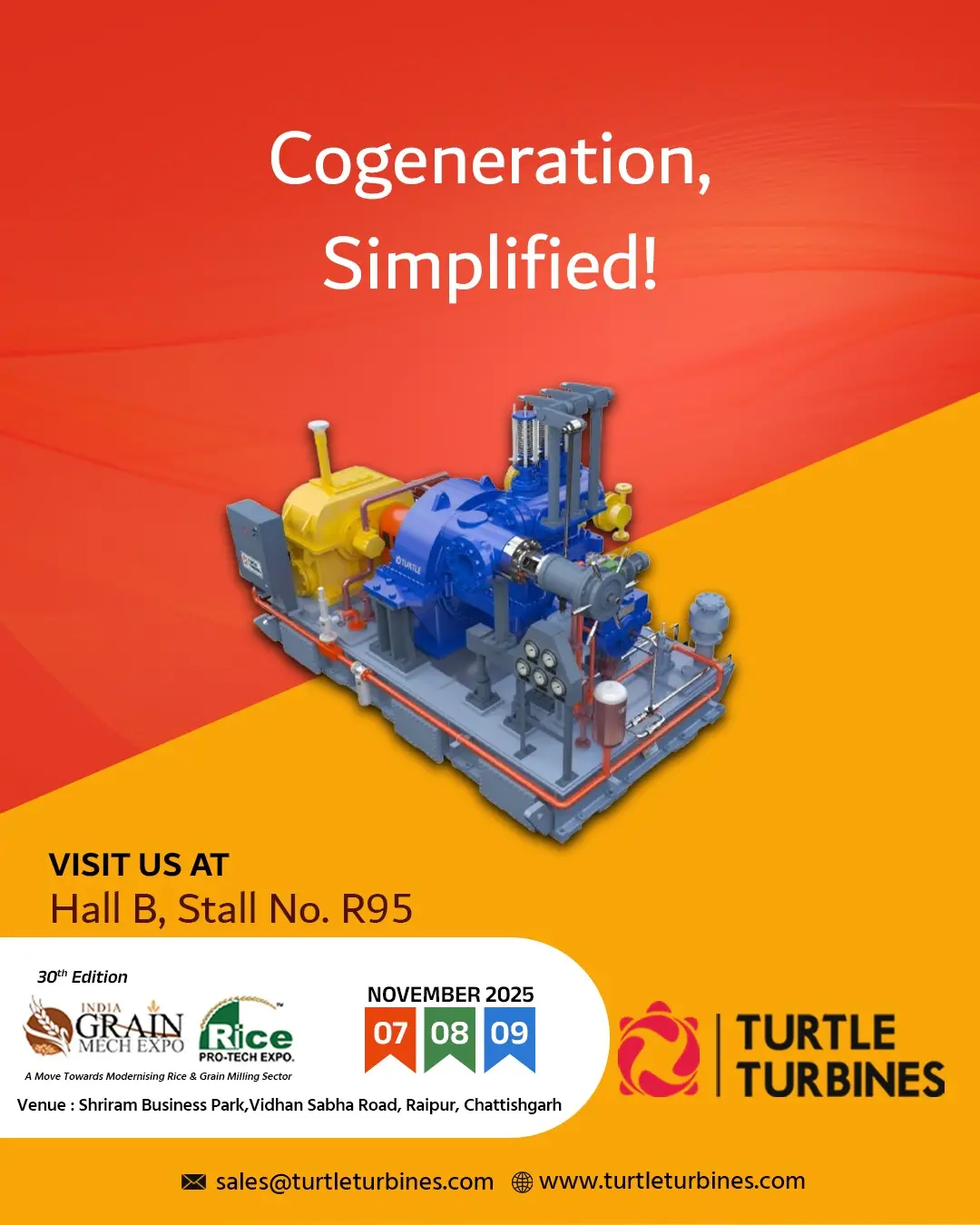Following are the most ignored signs during Turbine Operation:
- Leakage of steam:
Steam leaks can lead to abnormally warm pipes and ambient temperatures, making the facility unsafe for workers. High-pressure Steam is especially more dangerous. Burns caused by steam can severely injure workers and reduce efficiency over the long term. - Ruptured Pipes:
A ruptured steam pipe is a serious problem with the potential to cause bodily harm and serious financial risk. When a steam trap fails in the closed position, it can cause condensate to back up, increasing pressure levels and causing water hammer. Poor maintenance of steam systems can also lead to a pipe and valve corrosion. - Vibrations:
Vibrations are caused due insufficient clearance between rotating and stationary parts. Also, vibration can be occurred due to the shaft being located off-center in its bearing. Even if the clearance change is small, there may be significant rubbing along the rotor to cause damage. Vibrations can also be a sign of improper steam flows. - Noise:
Resonance occurs when the frequency of a vibration’s exciting force coincides with one of the natural frequencies of the vibrating body, causing the vibration amplitude to increase. There can also be unhealthy noise from the steam turbine, which a well-qualified operator can identify from a usual noise. - Contamination of water with oil:
The most common reliability problem with any Steam Turbines is the contamination, with water, of the oil in the bearing housing. The root cause of the problem can be anything from a faulty seal to a leaking Oil Tank top plate. - Low-Pressure Oil:
If the oil pressure reaches the LOW value, the Turbine trips. This mechanism is to prevent the bearings of the Turbine from getting damaged due to lack of oil. An oil filter is used to prevent the flow of foreign particles. Differential pressure across the filter indicates if the filter got choked. Due to choking of Oil Filter pressure of oil is reduced. Hence the oil filter should be checked periodically. - Frequent Tripping of the Turbine
Various safeties built into the Steam Turbine and its control system are devised to trip the turbine in case of any possible damage to the turbine itself or the surroundings. Unusual and frequent tripping of turbines which is not easily traceable to a root cause can be due to a possible hidden issue. Such trips need to be evaluated.
